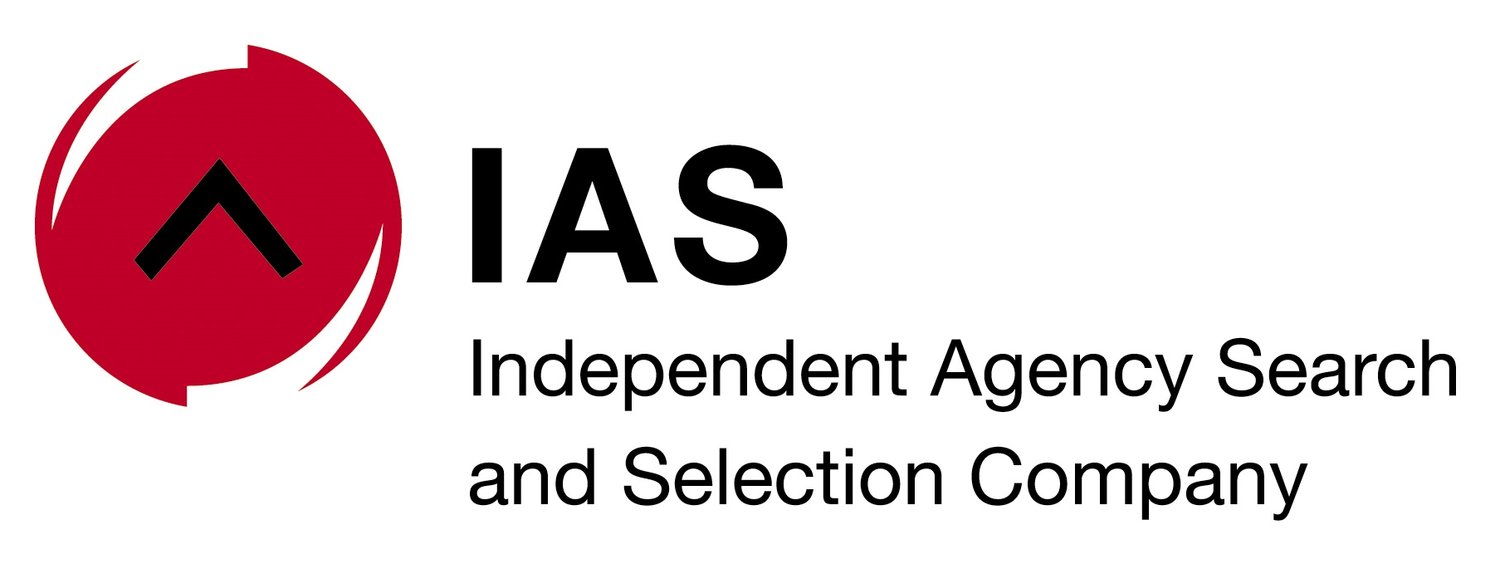The marketing and communication budget that Mexican advertisers allocate to digital has more than doubled in the last eight years.
This is one of the conclusions of Scopen's seventh edition of its biennial study Agency Scope in Mexico.
The fieldwork of this edition took place from February to May of 2023 and the results have been presented to subscribing agencies in recent weeks.
This year a total of 739 professionals were interviewed: 305 decision makers of the highest level in marketing, communication, and advertising from 244 advertising companies, including the most important in the country; 434 working in creative and media agencies (265 and 169 respectively).
52% women
Of the professionals from advertising companies interviewed in 2023, 52% are women, most of them work in Mexico City (81%), have an average age of 39.5 years, and the position with the most representation is the director of marketing (24%).
On average, they have been with their company for just over seven years and more than three years in their current position.
They are mainly directors of foreign multinationals (66%) predominantly from the mass consumption sector (51%).
Among the creative agency professionals, the majority (58%) are men and the position which has the most professionals interviewed is the General Creativity Director (22%).
Among the media agencies, there are more women (59%) and the most interviewed position is that of Director/Head of Accounts (21%).
Lowest investment ratio
The investment ratio (Budget for marketing/ communication/advertising vs. turnover) of Mexican advertising companies is currently 0.2%, somewhat lower than the previous edition (0.3%).
It should be noted, however, that turnover has experienced a significant increase: the budget planned for 2023 more than doubles the amount invoiced in 2022.
Mexico continues to be the market with the lowest investment ratio among the 10 markets analysed (with a global average of 2.6%) and where India and South Africa exceed 4%.
Digital
As for the distribution between the different areas (ATL, BTL and Digital), the budget allocated to digital has more than doubled in the last eight years (2015=23%, 2023=49%) and in some agencies, they have already reached the halfway point.
Thirty-four (34) percent of the budget is spent on ATL and 17% on BTL. Mexico is the third market of those analysed in this study with the largest budget for marketing, communication, and advertising allocated to digital, after China and Brazil (50%).
Among the different digital disciplines, the largest portion of the budget is allocated to Social Media and Influencers (34%), followed by Digital Paid Media (29%).
César Vacchiano, CEO and president of Scopen, explains, “Advertisers continue to bet on the digital medium and for them it is key to find the best partners in this area. Digital capabilities are becoming the key criteria for selecting agencies that reach a shortlist.”
He adds that this means there is a desire to innovate and bet on more groundbreaking and risky ideas that will help to raise the prestige of, and differentiate the brands that stand out in the minds of consumers.
“In the media field, the unconstitutionality of the advertising law will again bring doubts and uncertainty in the short term, but in the medium term it again opens opportunities for the medium-sized independent agencies that suffered the loss of customers and saw their businesses shrink.”
Specialisation and collaborators
Most advertisers (65%) say they work with agencies specialised in different disciplines (PR, BTL, and Digital) but, nevertheless, looking ahead, 49% say they would like to work with an integrated agency.
At the international level, there is a group of countries with a greater desire to work in the future with an integrated agency (Argentina, Brazil, Chile, Mexico, Portugal, and South Africa) and, another group, where the desire to work with specialised agencies is higher (Colombia, Spain, UK, China, and India).
In Mexico, advertising companies work with an average of almost 11 different collaborators to solve their communication, marketing, and publicity needs.
The agents with which they collaborate most are digital platforms (2.8), advertising agencies (2.4), and BTL agencies (1.6). The market where the advertisers work with the most partners is China (25.6), well above the global average (13.5).
Of marketers interviewed, 41% believe that some of the agencies they work with “lead” and coordinate all the agents they work with (the global average is 46%).
It is important to note that media agencies are improving positions as leading agencies and, in Mexico, six media agencies already appear in the Top 15, demonstrating that they also have sufficient capacity to accompany their clients in this work.
As for the disciplines provided by the agencies, which Mexican advertisers consider key for their company and have a greater impact on their businesses, they appear in the first five positions, in this order: Strategic Planning, Creativity, Research, Digital Strategy, and Media Planning.
Building a long list of agencies
The marketers interviewed mainly mention three tools to create a long list of agencies (both creative and media): The work done by the agency (64%), the experience itself, the personal knowledge of the interviewee (42%), and the recommendation of a friend or colleague (40%) are the most mentioned.
Compared to the previous edition (2021) there is an increase in the number of mentions of Experience, personal knowledge of the interviewee and, in fourth place, the group to which the agency belongs is mentioned for the first time.
When it comes to building a long list of agencies in a creative agency selection process, the most decisive aspects are Creativity, Strategic Planning, and the Agency´s team of professionals.
In the case of the media agencies, Strategic Planning appears first, followed by Research and Tools Capacity and Digital Capacity.
Agency Scope analyses, the trends of the advertising market, every second year, to understand the process, perception, and performance of the distinct agencies with which advertisers work and is conducted in 10 other markets besides Mexico: Argentina, Brazil, Chile, China, Colombia, Spain, India, Portugal, UK, and South Africa.






